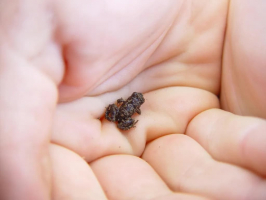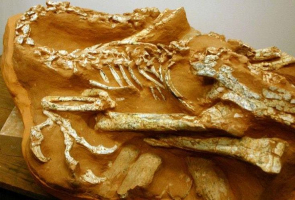Top 10 Smallest Things Ever Created
The pursuit of bigness dominated most of the world for a very long time. In numerous ways, it still does. Just take a look at Dubai's enormous Burj Khalifa ... read more...building, which rises 2717 feet above the ground. The world prefers large. But there is also curiosity at the other end of the spectrum. Something becomes more fascinating the smaller human can make it. And it would be even more intriguing if the tiny item actually still functions. Additionally, it is impossible to overstate the implications for everything from computing and electronics to healthcare. Future computers will be more effective, more powerful, and faster the smaller human can make components like power sources and data storage devices. Let's examine five of the smallest and most intriguing objects ever made.
-
When a movie gets enormous, it typically indicates that it has been converted for a large screen and is an IMAX release. Additionally, on TV, movies occasionally begin with a disclaimer indicating they have been resized to better fit the screen. What would make a movie the smallest in the world, given these factors and others?
A Boy and His Atom is the title of the tiniest movie in the world. It is a stop-motion film that was produced by IBM Research using atom manipulation. The movie must be amplified more than 100,000,000 times in order to watch it.
A stick figure youngster and his single molecule pet or toy are the subjects of a one-minute-long, frame-by-frame story that the team created using carbon monoxide molecules, which have two atoms each. The tiny 12-atom data storage we previously described was developed by the same team that did this.
It is possible to distinguish between the carbon and oxygen atoms in each molecule by seeing how one of them appears as a black sphere and the other as light. On IMDb, viewers only scored the short film a 6.8 out of 10, despite the fact that it showcases great research in data storage and manipulation at the atomic level. It's impossible to win over all naysayers.- Size: The 60-second movie, “with a frame size of only 45 nanometres by 25 nanometres (45 x 25 billionths of a metre)”, is called A Boy and His Atom.
- Director: Nico Casavecchia
IBM channel on Youtube IBM channel on Youtube - Size: The 60-second movie, “with a frame size of only 45 nanometres by 25 nanometres (45 x 25 billionths of a metre)”, is called A Boy and His Atom.
-
An antenna is required if you want to transmit or receive radio signals. In the past, every home with a TV had an antenna on the roof, which would likely be foreign to anyone in Generation Z today. However, antennae, like any other technology, became smaller throughout time, if not completely replaced. The nanoantenna is the tiniest of the tiny. It is 20,000 times smaller than a human hair and is created from DNA.
The five nanometer antenna was developed by scientists to observe proteins rather than radio or television signals. The scientists who made it are using it this way because of its fluorescent structure, which allows it to send and receive light signals. It will reflect light back in a different color when the proteins it is tracking move or change, alerting scientists that something has happened.
As far-fetched as it may sound, the researchers who carried out the study argue that DNA was used in part because it is so easy to utilize and program. They anticipate that the technique used to create the antenna will someday help with everything from creating new drugs to nanomachines.- Size: 11 centimeters
- Creators: scientists
Science for Nature(Cosmology) channel on Youtube 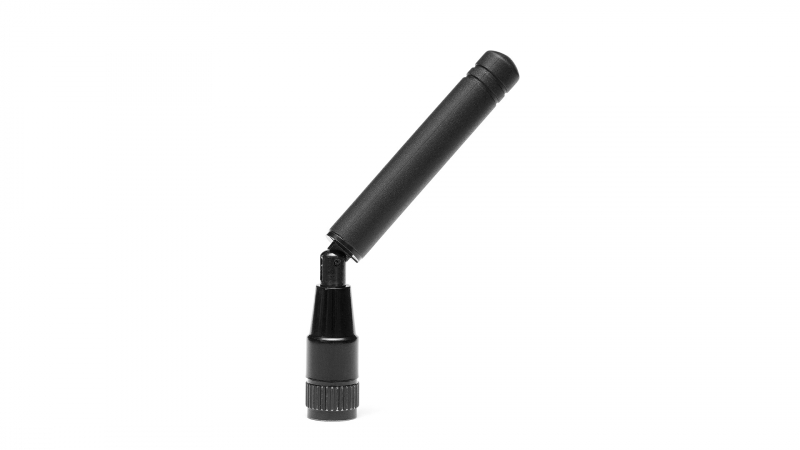
https://rutronik-tec.com - Size: 11 centimeters
-
The sound of a musical instrument tends to be higher pitched as it gets smaller. In comparison to a flute, a piccolo usually hits several higher notes. A ukulele simply doesn't rock out as a guitar does. And with that in mind, you may envision what the sound of the tiniest guitar in existence would be like if it could ever be played.
The smallest guitar in the world is only 10 microns long and is made of crystalline silicon. That is roughly the same size as a red blood cell, or about one-seventh of the width of a human hair. There are six strings included, each measuring 50 nanometers, or roughly 100 atoms.
The nano guitar was created by Cornell University researchers as a demonstration of the technology, which has potential applications in fiber optics and electronics. The fact that it can be played is what is most amazing. It is obviously only possible with an atomic force microscope, and the sound made by the strings would be inaudible, but it is still possible.
- Size: 10 microns long
- Creators: Cornell University researchers
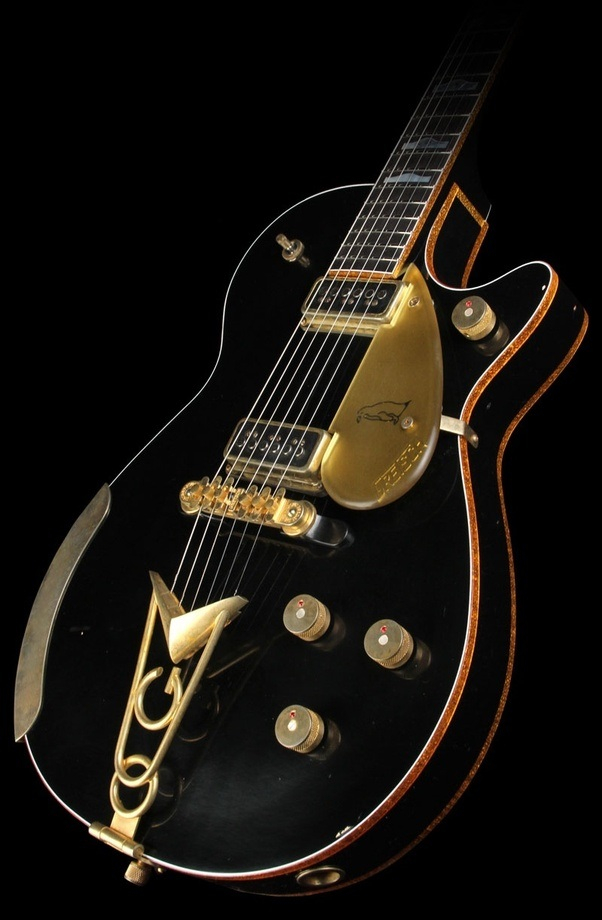
Photo for illutration only, https://www.quora.com/ 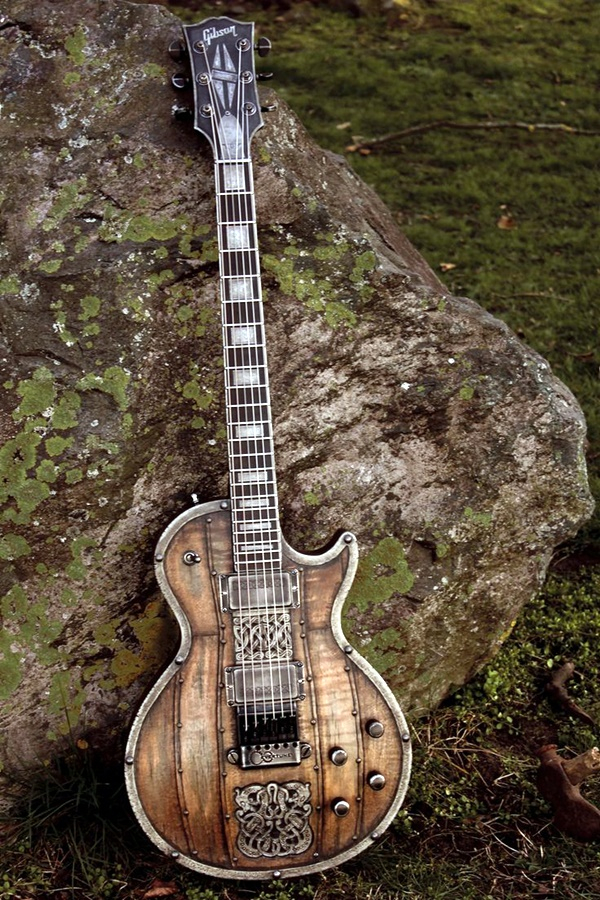
Photo for illutration only, http://www.boredart.com/ - Size: 10 microns long
-
With what they claim to be the tiniest house ever built, researchers at the Femto-ST Institute in France have raised the bar for compact construction. The house measures only 20 microns long and has a chimney, a tiled roof, and seven windows. A human hair is typically around 70 microns wide to give you some perspective.
According to Devin Coldewey of Tech Crunch, the house was constructed from a coating of silica that was placed on the end of an optical fiber that is only slightly wider than a human hair. The robotex platform was employed by the researchers. It incorporates a dual scanning electron microscope/focused ion beam, a gas injection system, and a small maneuverable robot.
The tiny house had to be put together by nanorobots inside a vacuum chamber using silica membranes in an origami-like fashion. There isn't necessarily a function for the house. After all, there aren't many items that are small enough to fit within. But it was a convincing illustration of the methods that could be used to construct even the smallest of structures.
- Size:20 microns long
- Creators: researchers at the Femto-ST Institute in France

Photo for illutration only, https://insidecolumbia.net 
Photo for illutration only, https://zionstar.net - Size:20 microns long
-
Nowadays, there aren't many items that use D batteries, but if you used them in the past or still own an occasional device that does, you know how large and awkward they were. Devices are now much smaller, lighter, and more portable thanks to scaling back on batteries.
However, the process is still ongoing, and there is still plenty of room for batteries to get smaller. For instance, engineers have succeeded in producing a working battery the size of a sand grain. The world's tiniest battery, which is the size of a salt grain and can be used to power surgical implants and microrobots, has reportedly been created by an international research team.
These incredibly small batteries could power correspondingly small computers. They would be perfect for use in wearable technology, particularly in implanted medical devices that must be made as compact as possible. They can power dust-mote-sized computers for up to 10 hours and are created using a process known as the Swiss-Roll that rolls of thin film layers.
- Size: grain of salt
- Creators: international research team
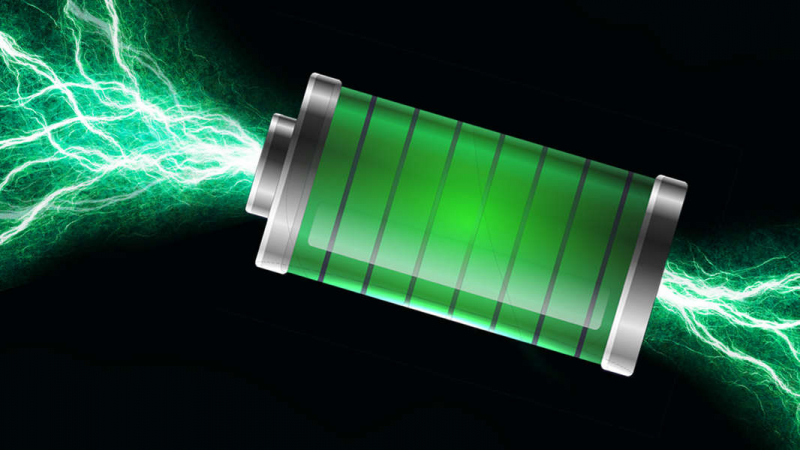
Photo for illutration only, https://www.seeker.com/ 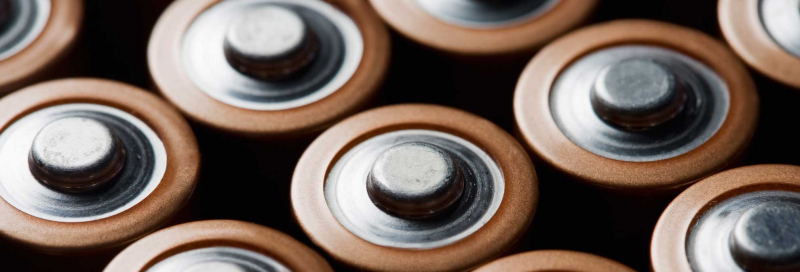
Photo for illutration only, http://www.consumerreports.org - Size: grain of salt
-
There are currently several hundred translations of the Bible available, but they all share the trait of being normally large enough to read with the unaided eye. With the Nano Bible, this is not the case. Scientists were able to fit the 1.2 million words in the Bible into a volume with a 0.04 square millimeter surface area.
Professor Uri Sivan, who is currently the Technion's president, and Dr. Ohad Zohar of the Russell Berrie Nanotechnology Institute (RBNI) came up with the concept of miniaturizing the Bible in 2007 as part of a university-developed educational initiative aimed at sparking young people's interest in nanotechnology. The device was created by engineers at the Technion's Zisapel Center for Nanoelectronics, who also created the software that enables etching.
It appears to be a particle of dust, but is actually a silicon chip with gold plating that can fit on the tip of a pen. The finest and tiniest calligraphy you'll ever see was created by bombarding the golden surface with gallium ions using a concentrated ion beam generator to write each word. It is printed on a layer of silicon that is only a few hundred atoms thick. The text would have to be 10,000 times enlarged in order to read it.
- Size: 0.04 square millimeter
- Creators: Professor Uri Sivan
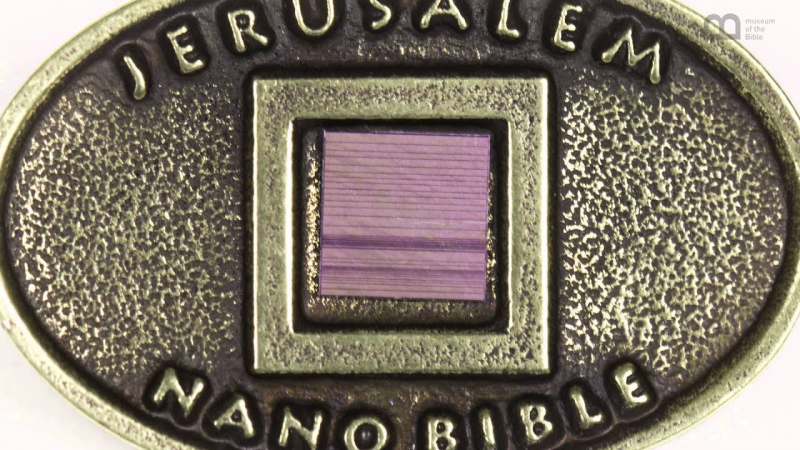
Photo for illutration only, http://www.youtube.com/ 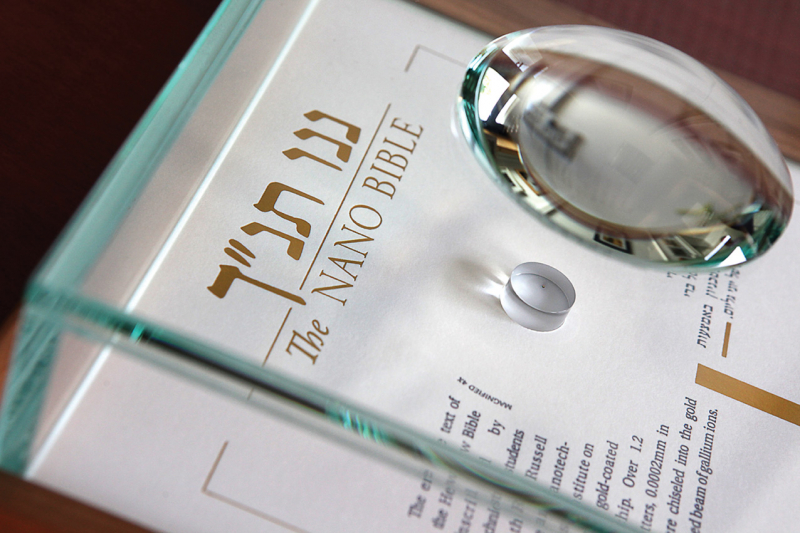
Photo for illutration only, https://www.technion.ac.il - Size: 0.04 square millimeter
-
Only praying mantises have been found to have 3D vision. Predatory insects are excellent at spotting prey that is nearby and within striking distance, but unlike us, they are unable to perceive depth unless the prey is moving. Do you know how our ability to perceive three dimensions came about? The precise mechanism is difficult to describe and even more challenging to duplicate. For example, how would one teach a robot to see in three dimensions? Or design human-powered artificial eyes that are adept in depth perception?
Researchers looking into the mechanics of three-dimensional vision have looked at praying mantises. They had to create tiny, mantis-sized 3D glasses to accomplish it. Why are mantises? They are the only known invertebrate species with a 3D vision.
They go about it in a different way than how we would. Mantises are solely interested in mobility, therefore what they observe is not nearly as important to them as the fact that it is moving. This could help develop 3D vision for robotics and artificial intelligence.
- Size: 2.5 centimeters
- Creators: x
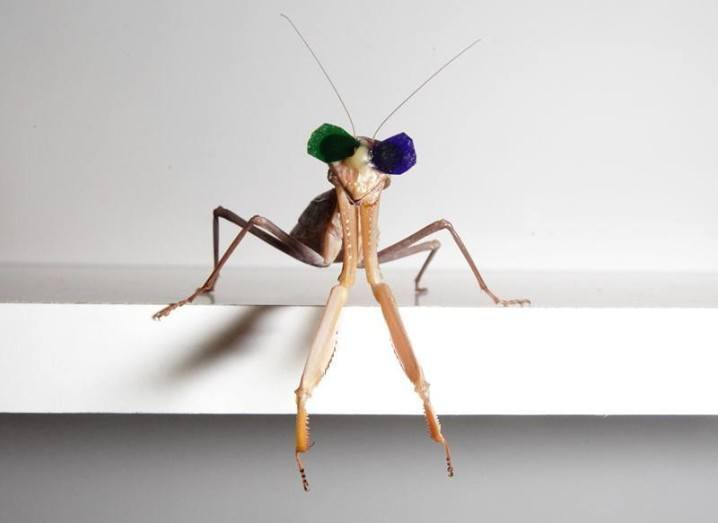
Photo for illutration only, https://www.siliconrepublic.com/ 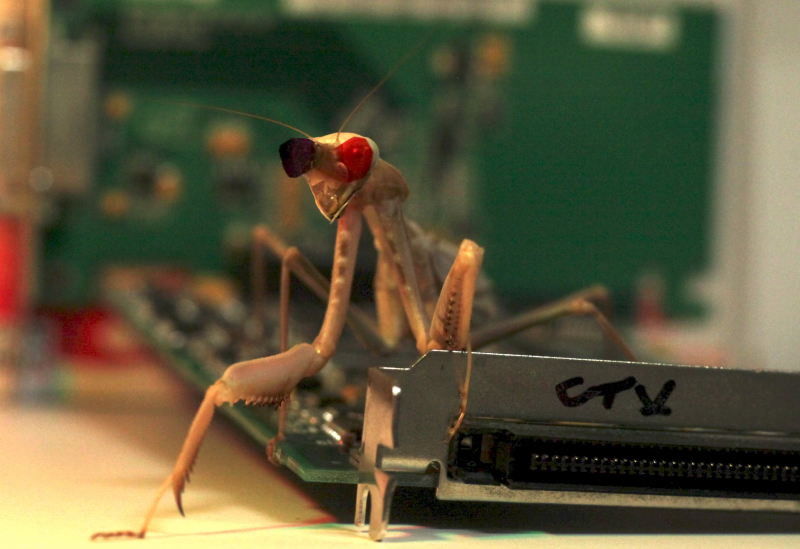
Photo for illutration only, http://home.bt.com - Size: 2.5 centimeters
-
The smallest hard disk in the world was made by Toshiba. It weighs only two grams and measures just.85 inches, or approximately the size of a postage stamp or a quarter. Even the Guinness Book of World Records acknowledged it. Despite its diminutive size, the hard drive is available in two configurations that can store up to four or eight gigabytes of data each.
These days, personal computers require a lot more space than that, thus Toshiba's drive appears to be more beneficial for compact machines. 24 millimeters by 5 millimeters by 32 millimeters are its precise measurements.
It's important to note that this hard disk is the smallest functional hard drive available that is mounted within actual hardware. However, IBM produced a smaller hard disk in a technical sense back in 2017. A magnetic surface that was only 1 atom wide was used to store a single bit of data. That technically made it the tiniest hard disk that has ever been produced.
- Size:0.85 inches
- Creators: Toshiba
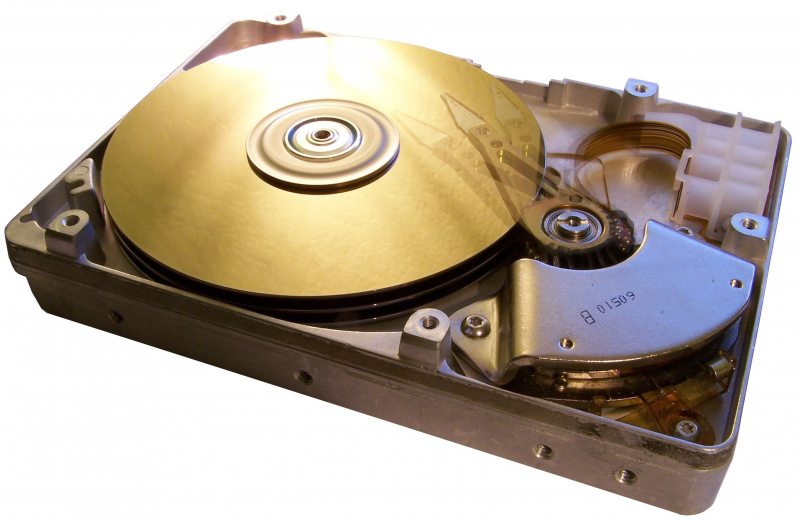
Photo for illutration only, https://www.bestbuy.com/ 
Photo for illutration only, https://www.flickr.com/ - Size:0.85 inches
-
Although it's not always true, you can generally assume that a gun's size corresponds to its power. There is undoubtedly flexibility in terms of ammunition, barrel size, and other factors. A high caliber hunting rifle will have more punch than a snub-nosed revolver, though. A smaller gun will likely have a smaller caliber, shoot smaller bullets, and maybe do less harm. A gun can eventually become so little that it is unclear how it could possibly do anything. With the SwissMiniGun C1ST, that is the situation.
The pistol is completely capable of firing 2.34 mm caliber shots despite being only two inches long and weighing less than an ounce. The pistol is completely capable of firing 2.34 mm caliber shots despite being only two inches long and weighing less than an ounce. Due to how simple it is to conceal, the gun's barrel, which is less than an inch long, is technically illegal in the US.
In order for them to function and do so securely, they must be handmade to stringent specifications, thus the company creates roughly 100 of them each year specifically to order. If you're interested, they cost over $6,000 (though you can pay more to get one in 18-karat gold).
The speed of a 9 mm bullet is approximately 370 meters per second. Those are more than 1,200 feet per second. For obvious reasons, the overall power of the SwissMiniGun, which fires a bullet at about 400 feet per second, is significantly less spectacular. Its piercing force is less than a foot pound, making it unlikely but not impossible that it could even pierce your eye.- Size: 2.34 mm caliber shots
- Creators: SwissMiniGun
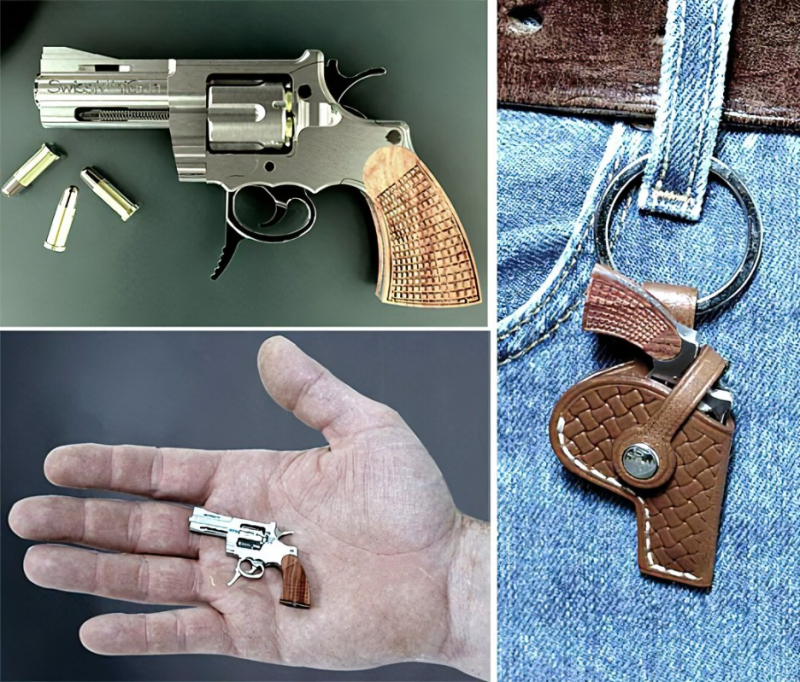
http://trinixy.blogspot.com/ 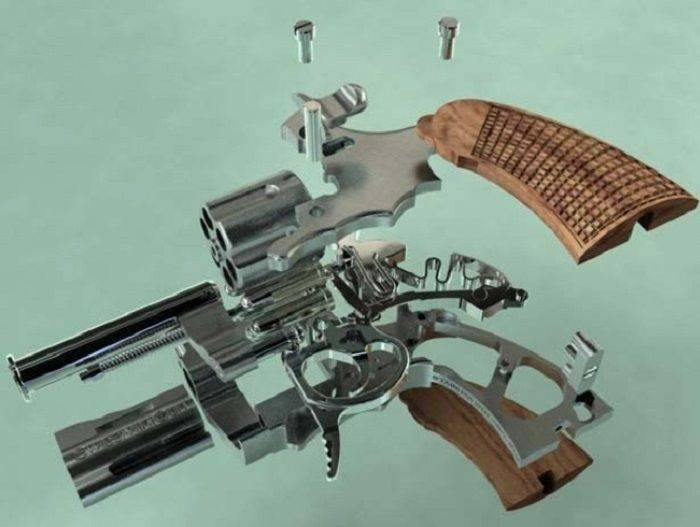
https://stoneforest.ru/ - Size: 2.34 mm caliber shots
-
The largest aircraft ever produced is the Stratolaunch. Its 385-foot wingspan was intended for rocket launching. That's pretty important and demonstrates that, if we have the right engineering, we can keep making airplanes bigger. So how much smaller can a plane be?
In 1952, Ray Stits built the smallest working airplane that had ever been built. It measured 9 feet, 10 inches long and had a wingspan of 7 feet 2 inches. It was called the Sky Baby. It was the smallest plane on record until Don, Ray's son, took up the distinction in 1984 with the Baby Bird. This was 200 pounds lighter than his father's aircraft and had a wingspan of 6 feet 3 inches. It continues to be the smallest monoplane in the world record books.
Robert Starr, not to be outdone, assisted the senior Stits in building the Sky Baby, but thought he hadn't received enough recognition. As a result, he created his own plane, the Bumblebee. In time for the Baby Bird to break the world record, it was completed in 1984. Starr created the Bumblebee II after going back to the drawing board. The Bumblebee holds a unique and different record for being the smallest because it is a biplane. Starr personally flew test flights in the aircraft, which had a 5-foot-6 wingspan.
- Size: 5-foot-6 wingspan
- Creators:Robert Starr
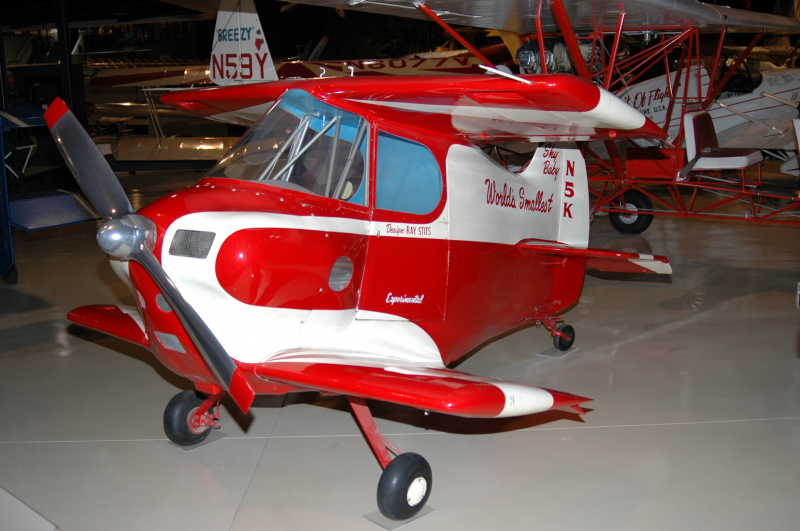
http://www.reddit.com/ 
https://www.aerotime.aero - Size: 5-foot-6 wingspan
















